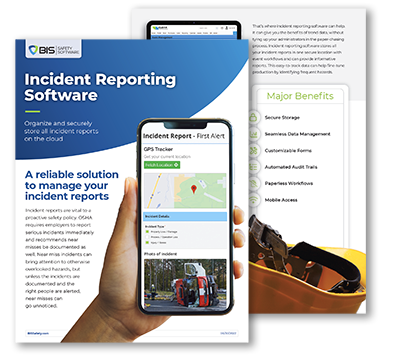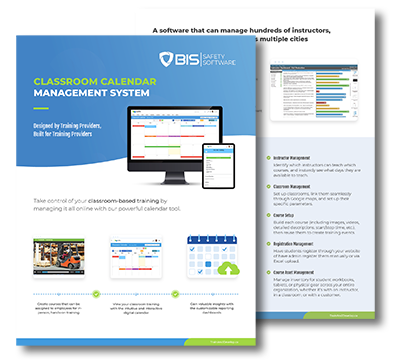
Course details
Semiconductor Electrical Safety
Course Overview
To protect yourself from shock and electrocution, you have to understand electrical hazards in your semiconductor workplace. Take this course to learn about different electrical risk assessments and protective measures that may be implemented as a result.
Working safely around electricity is vital in semiconductor fabrication facilities. In this course, you will learn more about the process for implementing electrical safety, including how assessment results are used to help keep you and your co-workers safe. You will also get a review of the lockout/tagout process and learn the importance of an energized electrical work permit.
To ensure the safety of employees who work around electricity in semiconductor fabrication facilities, employers must meet several requirements. One of the requirements is to have a written electrical safety program. In this course, you will learn how the results of the risk assessments are used to create a program and implement safe work practices. You will also learn how to respond in the event of an electrical emergency. Ideal learners are semiconductor fabrication workers.
Ideal learners are semiconductor fabrication workers.
By the end of this course, you will be able to:
- Recall the characteristics of electricity
- Describe the relationship between current, voltage and resistance as expressed by Ohm's Law
- Recognize conductors and insulators
- Define electrical hazards including electrical shock and arc-flash
- Recall the meaning of electrical hazard signs
- Identify how NFPA 70E® applies to semiconductor fabrication facilities
- Select information that must be included in risk assessments
- Define qualified person responsibilities
- Locate electrical hazard information in NFPA 70E® tables and on equipment labels
- Define arc-flash risk assessment methods
- Recognize the steps in the lockout/tagout process
- Identify electrical safety program components
- Know electrical safety responsibilities and training requirements
Topics Covered
- Semiconductor Electrical Safety Part 1: Basics of Electrical Safety
- Semiconductor Electrical Safety Part 2: Developing a Risk-Based Approach to Electrical Safety
- Semiconductor Electrical Safety Part 3: Implementing Electrical Safety
- Semiconductor Electrical Safety Part 4: Electrical Safety Program Components
This course takes approximately 120 minutes to complete
A passing grade of 80% or higher required. Up to 3 attempts are provided.
A certificate will be provided upon the successful completion of this course














































